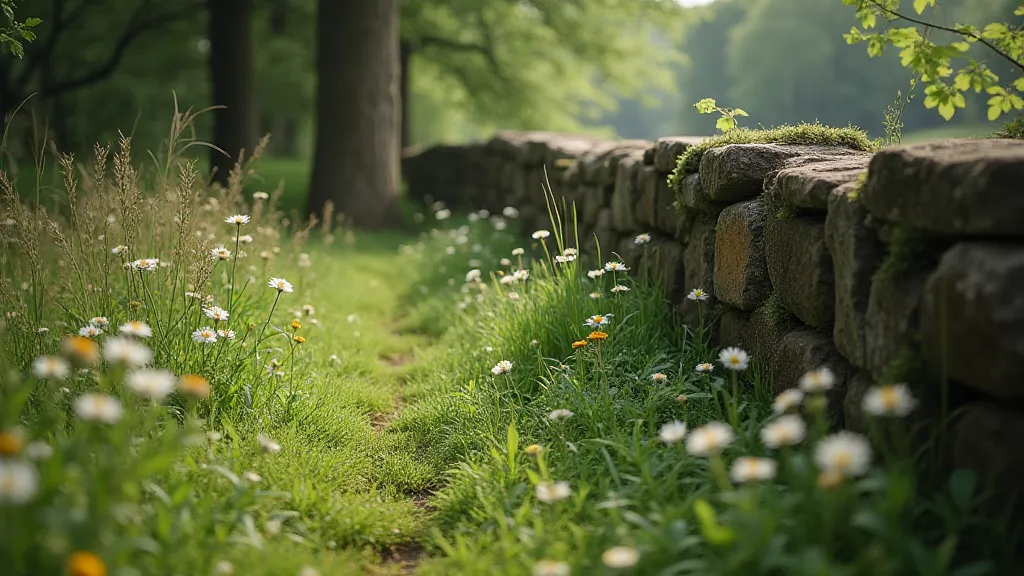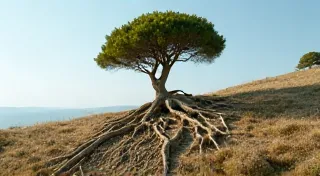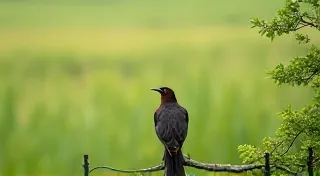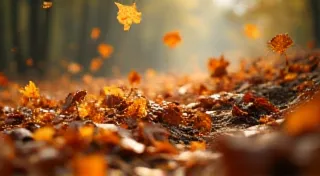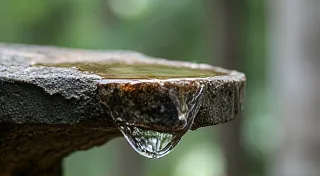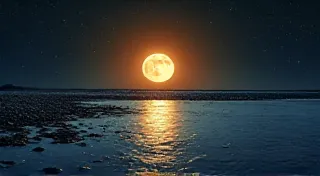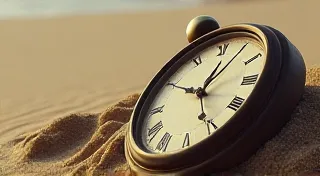The Silent Cartography: Fairy Rings as Echoes of Lost Paths
The scent of damp earth and decaying leaves always triggers a particular memory for me. It’s the smell of my grandfather’s workshop, a place crammed with the ghosts of forgotten crafts and the lingering echoes of his accordion music. He was a meticulous restorer of antique instruments, a man who saw beauty in broken things and understood the stories held within their timeworn surfaces. He’s gone now, but the memory of those afternoons, of the rhythmic wheeze and sigh of the bellows as he coaxed melodies from the ancient reeds, remains vividly clear. He used to say that every object held a map – a record of its journey through time, etched in its wear and tear. I’ve come to think of fairy rings in a similar way – as silent cartographies of a landscape layered with forgotten pathways.
Across cultures, the appearance of a fairy ring, that perfect circle of mushrooms blooming across a meadow, has inspired awe, fear, and elaborate folklore. The sheer unexpectedness of their appearance, the unsettling beauty of their geometry, is inherently captivating. But beyond the surface-level bewitchment lies a far more profound interpretation: what if these rings are not simply the work of whimsical fairies, but remnants of something older, something tangible, something lost? What if they mark the echoes of trails, lost routes carved into the land, imprinted upon the memory of a landscape?
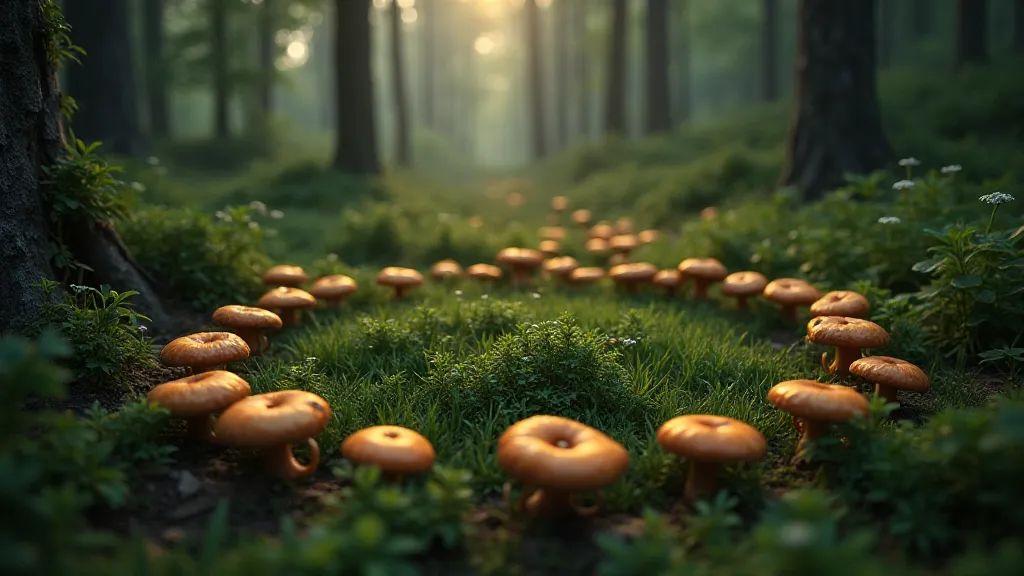
Ancient Trails and Displaced Peoples
The standard explanation for fairy rings – the fungal mycelium spreading outwards, exhausting the nutrients in the soil and creating a visible ring – is entirely valid, of course. But it doesn’t account for the profound cultural significance attached to them. In many European cultures, especially in Celtic regions like Ireland, Scotland, and Wales, fairy rings are viewed as gateways to the Otherworld, places where mortals can glimpse the realm of the fairies. To step into a fairy ring, it was believed, could result in abduction, enchantment, or a journey from which one might never return.
But consider this: what if these “fairy” origins are a later interpretation, a symbolic overlay upon a much older understanding? Think of the countless migrations and displacements that have shaped European history. Tribes and peoples moving across the land, forging new paths while simultaneously losing old ones. It's reasonable to speculate that some fairy rings might mark the lingering traces of these lost routes – perhaps ancient herd paths, pilgrimage routes, or even forgotten trade trails.
The persistence of these beliefs is striking. Even today, many rural communities maintain superstitions regarding fairy rings. Farmers might avoid cutting grass within them, fearing bad luck or the wrath of the "little folk." Storytellers recount tales of travelers lured into these circles and never seen again. These narratives are not merely whimsical folklore; they are echoes of deeper anxieties—a fear of the unknown, a respect for the power of the land, and a lingering sense of loss for what has been forgotten.
Craftsmanship and Preservation: Parallel Analogies
My grandfather’s approach to accordion restoration provides a useful analogy. He wouldn’t simply replace broken parts; he would painstakingly recreate them, using the original materials and techniques. He understood that an accordion wasn't just a collection of reeds and keys; it was a vessel of history, a testament to the skill and artistry of its maker. Each crack in the wood, each worn-out bellows, told a story—a story of music played, of dances enjoyed, of lives lived.
Similarly, preserving the memory associated with fairy rings requires more than just understanding the science behind their formation. It demands a willingness to engage with the folklore, to listen to the stories, and to acknowledge the cultural significance embedded within the landscape. This isn't about denying the scientific explanation; it's about enriching it with the layers of human experience that have accumulated over centuries.

Regional Variations in Fairy Ring Folklore
The folklore surrounding fairy rings varies significantly from region to region. In Brittany, France, for example, fairy rings are known as “trembles” (shivers), and are believed to be places where the earth trembles with the dancing of the fairies. They are considered sacred and are often left undisturbed. In parts of Scotland, particularly in the Highlands, it’s believed that fairy rings are gateways to the "Land o' Nod," a realm inhabited by mischievous spirits. Here, entering a fairy ring can lead to being trapped in a never-ending dance, forever separated from the mortal world.
In contrast, some Germanic folklore portrays fairy rings as places of joyous celebration. While still considered potentially dangerous, these accounts often depict fairies holding feasts and revelries within the circles, inviting mortals to join their festivities (though with the caveat that one might forget their name and origins upon returning).
The diversity of these beliefs underscores the power of storytelling and the human tendency to ascribe meaning to the inexplicable. Each culture has interpreted the appearance of fairy rings through the lens of its own history, mythology, and anxieties. It also speaks to the localized nature of memory – how the landscape itself becomes a repository for collective experience, encoded in the patterns and features of the natural world.
The Future of Remembering
As landscapes are transformed by development and modernization, the risk of losing these connections to the past becomes ever more pressing. Modernity tends to homogenize the world, to erase the subtle nuances and localized traditions that define our cultural identities. It’s crucial that we actively work to preserve these memories, not just for the sake of historical accuracy, but for the enrichment of our present lives. Just as my grandfather meticulously restored his accordions, so too must we tend to the stories and traditions that bind us to the land.
Perhaps, the most valuable lesson to be learned from fairy rings is a reminder to look beyond the surface, to appreciate the deeper layers of meaning that lie beneath the visible world. They are silent cartographies, echoes of lost paths, and enduring testaments to the human capacity for wonder and imagination. By listening to their stories, we can better understand not only the history of the landscape, but also the history of ourselves.
